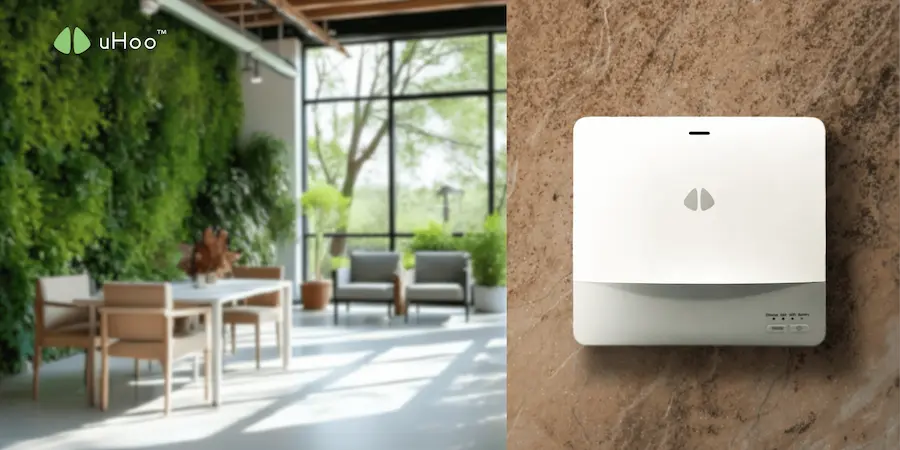In today’s fast-paced world, waiting for health problems to emerge before taking action is a reactive, and often costly, approach. When it comes to our built environments, a philosophy of proactive wellness is the key to creating truly healthier buildings. This means anticipating and preventing issues before they arise, ensuring a continuous state of optimal well-being for all occupants.
Here are 6 essential steps for a proactive approach to healthier buildings:
-
Integrate Health Metrics from Design Phase:
Don’t wait until construction is finished. Involve health and indoor environmental quality (IEQ) specialists from the very beginning.
- Proactive Step: Specify low-VOC materials, plan for robust ventilation systems with proper filtration, design for ample natural light, and consider humidity control strategies tailored to the tropical climate.
-
Continuous, Real-Time Monitoring:
This is the cornerstone of healthier buildings. You can’t manage what you don’t continually measure.
- Proactive Step: Install multi-sensor air quality monitors like uHoo in critical zones (offices, residential units, common areas). Monitor parameters like PM2.5, VOCs, CO2, temperature, and humidity around the clock. This provides early warnings of issues and allows for immediate intervention.
-
Implement Smart, Demand-Controlled Ventilation:
Instead of simply cycling air, have a system that responds to actual indoor conditions.
- Proactive Step: Use CO2 readings from monitors like uHoo to trigger ventilation systems only when needed, bringing in fresh air efficiently while saving energy. This ensures optimal air exchange and prevents CO2 buildup before it impacts cognitive function.
-
Establish Rigorous Maintenance Schedules:
Prevention is always cheaper than remediation.
- Proactive Step: Regularly inspect HVAC systems, clean or replace filters promptly (based on manufacturer recommendations or actual air quality data), check for and fix leaks immediately, and conduct professional mold inspections in high-humidity areas.
-
Educate Occupants and Foster Healthy Habits:
Building users are part of the solution.
- Proactive Step: Inform occupants about the importance of IAQ and how their actions (e.g., using exhaust fans, proper waste disposal, avoiding strong chemicals) impact the indoor environment. Encourage reporting of any issues.
-
Seek and Maintain Health-Focused Certifications:
Third-party validation reinforces commitment.
- Proactive Step: Pursue certifications like WELL. These frameworks provide a structured roadmap for healthier buildings and offer a credible signal of your dedication to occupant well-being. The ongoing monitoring required for these certifications helps ensure continuous proactive management.
By embracing these 6 essential steps, proactive wellness becomes ingrained in your building’s operation. This foresight not only creates truly healthier buildings but also fosters a more productive, satisfied, and resilient community within them, ensuring long-term value and positive impact.



